
Jawiszowice
Elaboration author
Emilia Karpacz
Monuments
Parishes
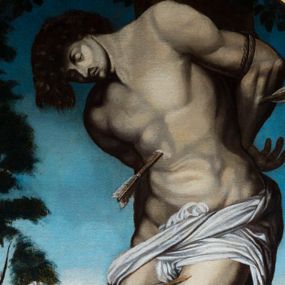
Picture
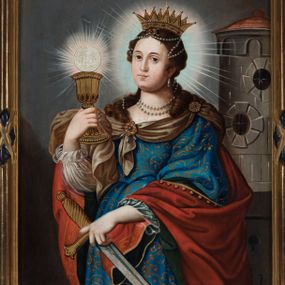
Picture
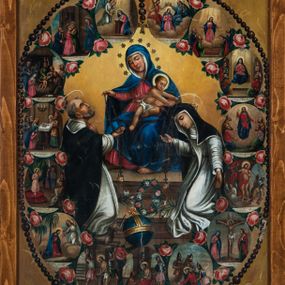
Picture
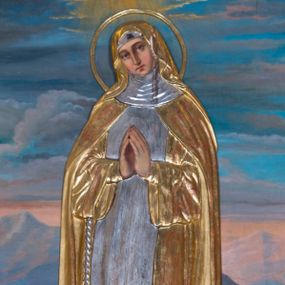
Picture
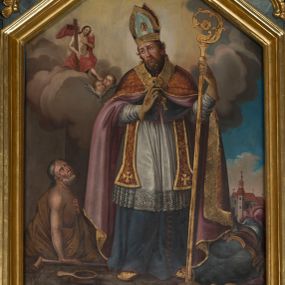
Picture
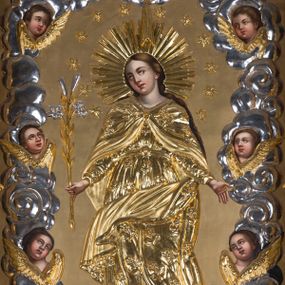
Picture
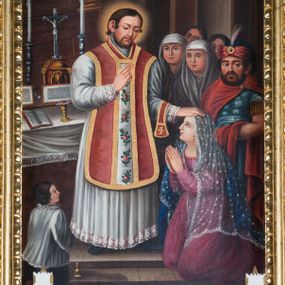
Picture
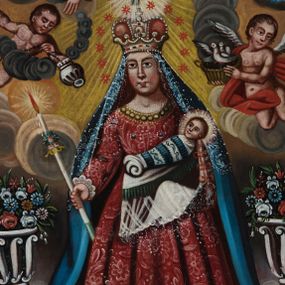
Picture
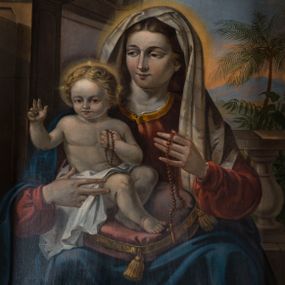
Picture
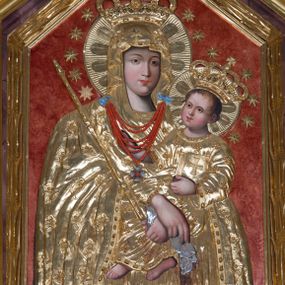
Picture
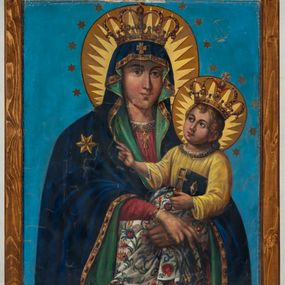
Picture
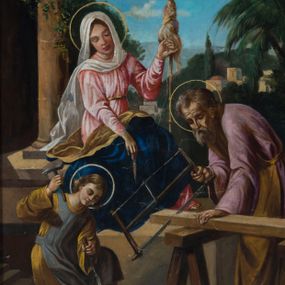
Picture
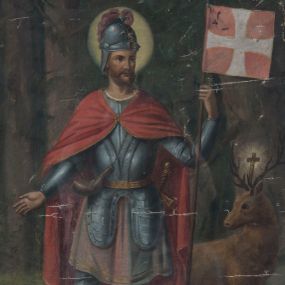
Picture
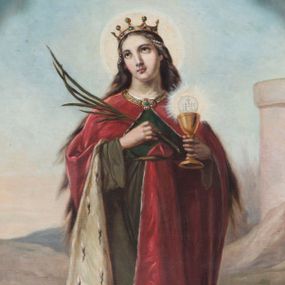
Picture
History abstract
The date of foundation of Jawiszowice is unknown. Numerous clues found in sources suggest that it may have occurred between 1230 and 1285. However, the first reference to the village was included in the Peter's pence lists from 1327. After the separation of the Duchy of Cieszyn from the Principality of Racibórz, Jawiszowice became part of the latter. In 1327, the Duke of Cieszyn, Jan I the Scholastic, became a vassal of the king of Bohemia. The first personal reference to the owner of Jawiszowice – certain Kwasek – appeared in a document from 1377. Jawiszowice was a gentry property, which was fragmented over time. In the 15th century, some owners of the land branches in this village used a local second name – Jawiszowscy. In 1457, the Duke of Oświęcim, Janusz IV, sold his rulership to the Polish King Casimir Jagiello – the citizens of Jawiszowice became subjects of Polish rulers. In 1487, Barbara (the widow of Marcisz Jawiszowski) together with her children – Adam and Dorota – sold their estates in Jawiszowice to Piotr Myszkowski, the Jastrzębiec coat of arms. Most probably it was Myszkowscy who established a manor farm in Jawiszowice and founded fishponds on Jaźnik. The last owner of Jawiszowice from this magnate family, Jan Myszkowski Młodszy (the Younger), was murdered by his subjects in 1607. Through his daughters, the village passed into the hands of the Porębscy and then the Drohojowscy families. At the end of the 17th century, the church in Jawiszowice burnt down completely. A new wooden building was erected in its place, which is one of the most beautiful monuments of wooden architecture in the historical region of the Lesser Poland until today. Before 1747, Józef and Michał Drohojowscy handed over their estates in Jawiszowice to Franciszek Szwarcenberg-Czerny. His heirs were his daughter Marianna and son-in-law Józef Szembek, and then their son Kazimierz, who died in 1808. In 1772, as a result of the First Partition of Poland, the inhabitants of Jawiszowice became subjects of the Habsburg emperors who ruled Austria. After the reforms of Emperor Joseph II from 1780, Jawiszowice was divided into two areas – manorial area (i.e. dominion) and the so-called communal area, subordinated to the rural self-government with the Commune Head. Since 1817, Prince Albert of Saxony-Teschen, the son of King August III and Maria Josepha of Austria, was the owner of the village. His heirs were successive representatives of the Żywiec-Bestwin branch of the Teschen line of Habsburg dynasty. They remained the owners of Jawiszowice until 1924, when Duke Charles Stephen of Austria transferred the property to the Polish Academy of Learning. From 1820 to 1850, the Duchy of Zator and Oświęcim belonged to the German Confederation. The inhabitants of these areas, including Jawiszowice, were subjected to intensive Germanization, which ended with Franz Joseph's decision to reincorporate the duchy into Galicia. In 1901-1903, hard coal mining began in nearby Brzeszcze. Shortly after the World War I, many inhabitants of Jawiszowice found employment in the mine. In 1924, Archduke Charles Stephen donated his estates, including Jawiszowice, to the Polish Academy of Arts and Sciences. In 1942, the Auschwitz subcamp – the KL Jawischowitz labour camp, was founded in the mine of Jawiszowice, where nearly 2.500 prisoners, mostly Jews from all over Europe, were imprisoned. After the World War II there was a labour camp for prisoners of war and then for political prisoners, organised by the communist authorities. At the beginning of the 1960s, the borders between Jawiszowice and Brzeszcze were adjusted, radically changing their historical course (part of Jawiszowice with mining shafts was incorporated into the neighbouring village).
How to cite?
Emilia Karpacz, "Jawiszowice", [in:] "The Sacred Lesser Poland Heritage", 2026, source: https://sdm.upjp2.edu.pl/en/places/jawiszowice-1